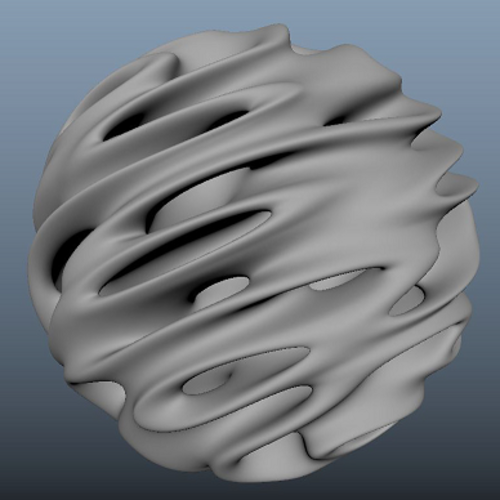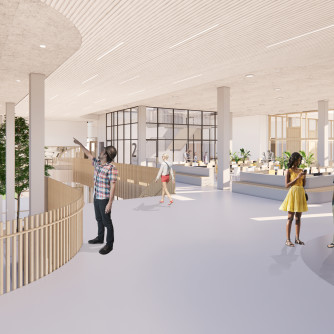Field lab | Virtual reality design methods lab
Virtual reality design methods lab
Some products of the creative industries are too big to be 3D-printed. Other techniques are required to provide an immersive experience that allow clients, users to experience different design options during the making of the object, buildings, public space or landscapes for instance. VR is likely to be such a technology that can become part of the design practices of the creative industry.
The VRDML field lab (Virtual reality design methods lab) focusses on the use of virtual reality in the process of designing, modifying, and re-using new and existing buildings, city districts and landscapes. It offers the necessary space, equipment and staff support for selected small and medium enterprises (SME's) in architectural services industry to get acquainted with VR as a new technology. It enables these SME's to co-develop with TU Delft staff new applications that will increase the competitiveness of their design-led firms in the (international) market.
here, you can find more information on this fieldlab.




